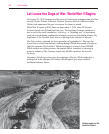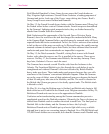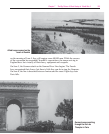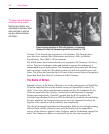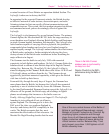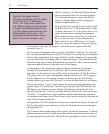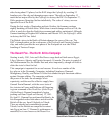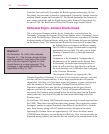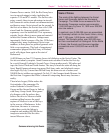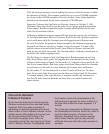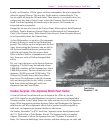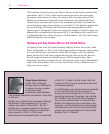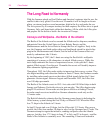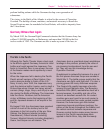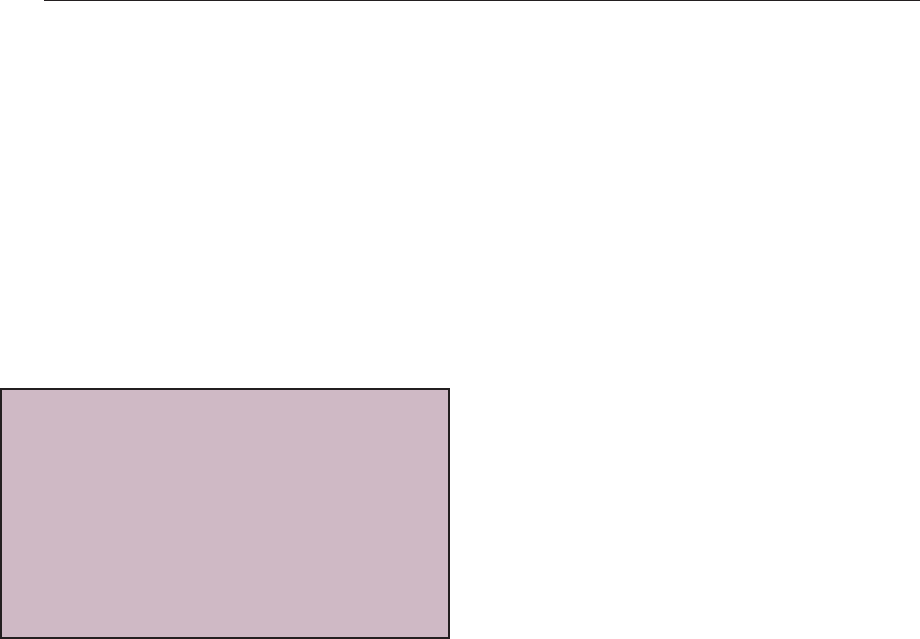
130
Close Combat
From late June until early November, the British regroup and resupply. By late
November, they are ready to launch a counterattack. Operation Crusader, aimed at
retaking Tobruk, begins on November 28. The British outnumber the Germans in
men, armor, and planes, and the Eighth Army pushes Rommel’s forces back. By
the end of 1941, the British have relieved the German siege around Tobruk.
Barbarossa Begins
Germany Attacks Russia
The war between Germany and the Soviet Union plays a crucial role in the
Normandy Campaign
the Eastern (First) Front siphons most of Germany’s forces
away from Western Europe. When the Allies land in France only about 60 German
divisions remain in Western Europe, while over 200 German divisions are fighting
on the Eastern Front. The Americans and British also learn tactical lessons from
the fighting between Germany and Russia, namely
that it is futile to engage German tanks in anything
approaching an even fight. The only way to defeat
Germany’s armored forces is through numerical
superiority.
Comparison to the Normandy Campaign shows
the immensity of the combat on the Eastern Front.
In Normandy, the battle front during the drive to
Saint-Lô will extend less than 50 miles; in Russia
the front stretches over 1,000 miles from Leningrad
to the Caucasus Mountains.
The conquest of Russia is a major goal of the
National Socialists in Germany. It is a land of vast resources
iron ore, coal, and
oil
that will fuel German industry. It has a large population that will provide
cheap labor. And there is Lebensraum
room for Germany to grow, and room to
exile the enemies of National Socialism. Perhaps Hitler recalls his visit to
Napoleon’s tomb in Paris, now that he is attempting what the great French
emperor could not do
conquer Russia. The key to Operation Barbarossa is
movement; the Germans must triumph before the autumn rains turn the Russian
countryside into a sea of mud. Beyond the rains looms the killing cold of the
Russian winter.
By mid-June 1941, nearly 140 German divisions are ready to smash eastward into
the USSR. These forces are split into three army groups. One is poised to capture
Leningrad; another to capture Smolensk, then Moscow; the third, Kiev. German
units from Norway, along with 21 Finnish divisions, also join in the attack.
Opposing the German forces are approximately 130 Soviet divisions
nearly
2,900,000 men
but many are not deployed effectively. Also, the Soviet tanks are
dispersed among infantry units and are thus no match for the massed armor of the
Directive 21
On December 18, 1940, Hitler releases
Directive 21“The German Armed Forces
must be prepared, even before the conclu-
sion of the war against England, to crush
Soviet Russia in a rapid campaign.” The
campaign is code-named Barbarossa. The
target date is May 15, 1941.



